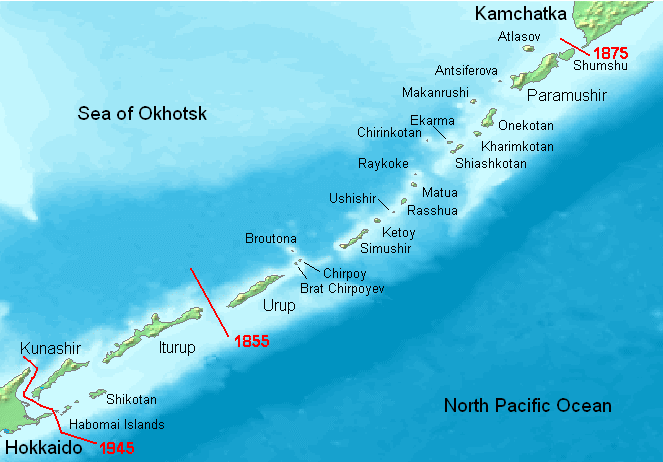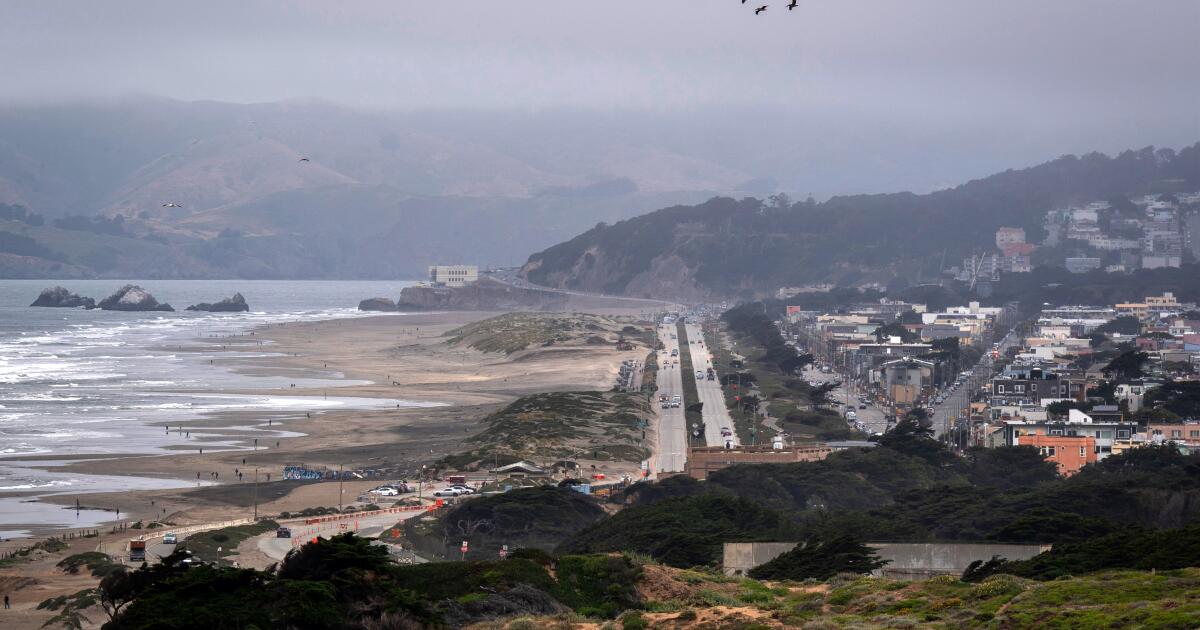
Kuril Islands dispute
The Kuril Islands dispute, known as the Northern Territories dispute in Japan, is a territorial dispute between Japan and Russia over the ownership of the four southernmost Kuril Islands. The Kuril Islands are a chain of islands that stretch between the Japanese island of Hokkaido at their southern end and the Russian Kamchatka Peninsula at their northern end. The islands separate the Sea of Okhotsk from the Pacific Ocean. The four disputed islands, like other islands in the Kuril chain which are not in dispute, were unilaterally annexed by the Soviet Union following the Kuril Islands landing operation at the end of World War II. The disputed islands are under Russian administration as the South Kuril District and part of the Kuril District of the Sakhalin Oblast (Сахалинская область, Sakhalinskaya oblast). They are claimed by Japan, which refers to them as its Northern Territories or Southern Chishima, and considers them part of the Nemuro Subprefecture of Hokkaido Prefecture.
The San Francisco Peace Treaty,[ 2] signed between the Allies and Japan in 1951, states that Japan renounces "all right, title and claim to the Kuril Islands", but does not explicitly recognize the Soviet Union's sovereignty over them.[ 3] Japan claims that at least some of the disputed islands are not a part of the Kuril Islands, and thus are not covered by the treaty.[ 4] Russia maintains that the Soviet Union's sovereignty over the islands was recognized in post-war agreements.[ 5] Japan and the Soviet Union ended their formal state of war with the Soviet–Japanese Joint Declaration of 1956 but did not sign a peace treaty. During talks leading to the joint declaration, the Soviet Union offered Japan the two smaller islands of Shikotan and the Habomai Islands in exchange for Japan renouncing all claims to the two bigger islands of Iturup and Kunashir, but Japan declined the offer. This disagreement between the two-island offer made by the Soviet Union and Japan's demand of regaining two bigger islands as well became the cornerstone for continuation of the dispute into the present day.[ 6]
/https://public-media.si-cdn.com/filer/a3/17/a31738aa-3394-4f35-b77c-cf537f6fb17c/gettyimages-579860044_web.jpg)
















